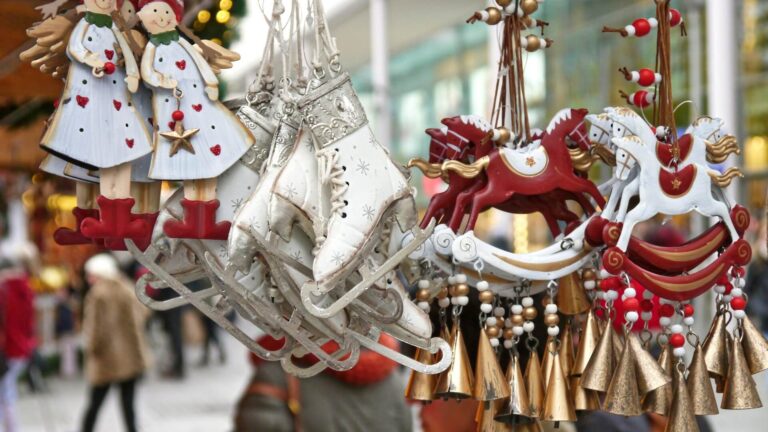
If you need a freelance travel writer or you would like to see your country, city, flight, etc., presented on the blog, drop me an email.
Find our more on Freelance Travel Writer page.
Malaga was the first place I visited in Andalusia and the last one I saw before leaving this province in the south of Spain, so here are few tips on – what to do in Malaga. This Mediterranean coastal town was my first stop in the area where diverse cultures collided centuries ago, giving birth to one surreal tradition with such achievements I always looked upon in awe. Such was my journey!
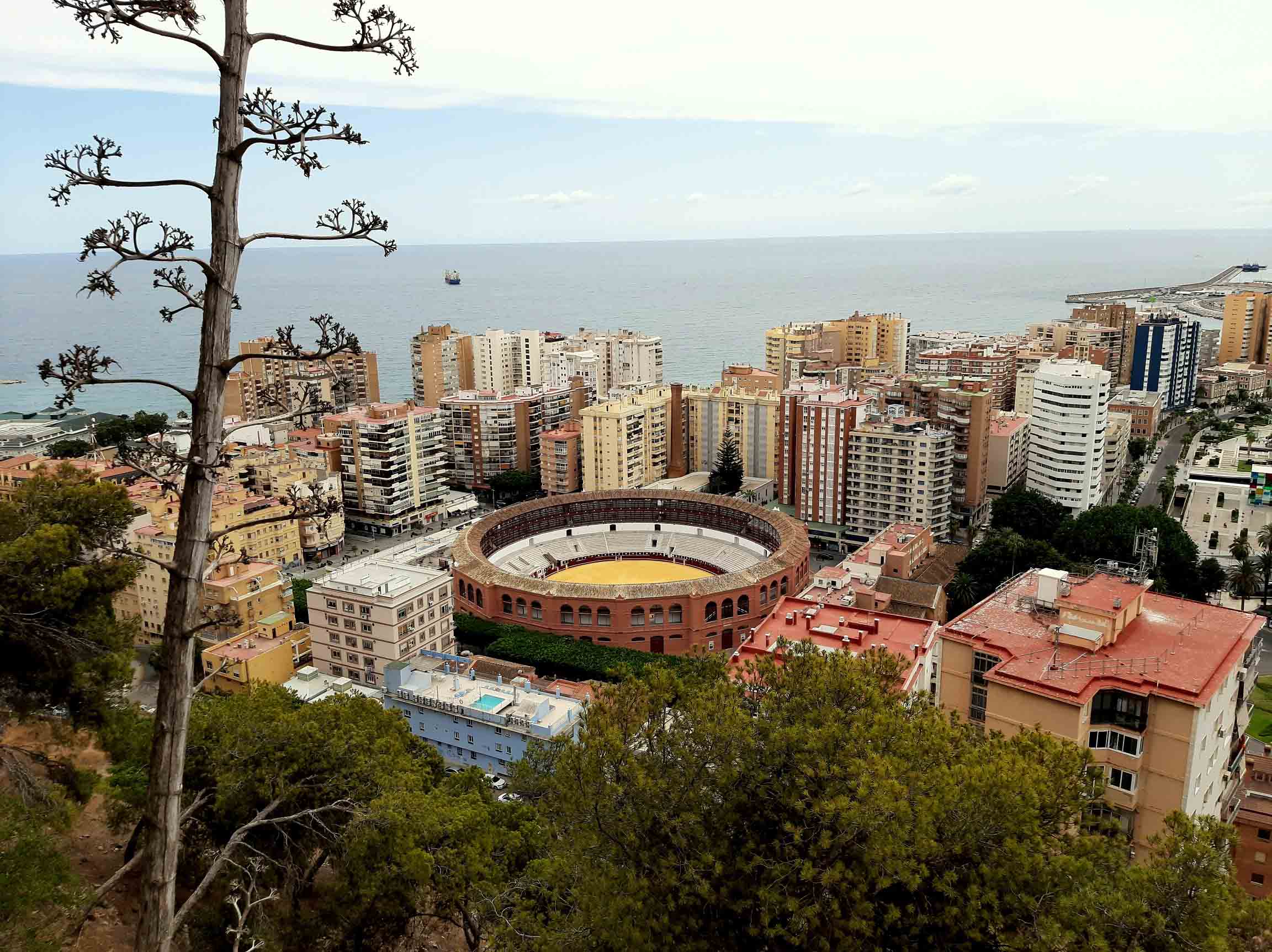
MALAGA CITY
The origins of the city date back to the Phoenicians and the Greeks who founded the nearby colony. The town was allied to Romans in 205 BC becoming a Roman city under the Emperor Vespasian. It was always an important trade center famous for exporting oil, cereal, wood, salted foods, wines, but slaves as well. The trade continued under Byzantines, Visigoths (who came around 570 AD), and Moors who conquered the area at the beginning of the 8th century. Abd al Aziz took over the city in 716 when Malaga becomes part of the Caliphate and the territory also known as Al Andalus (or ‘the land of savages’ in Arabic).
Malaga became very prosperous and at the end of the 10th century its population grew to 15,000. Urban bourgeoisie composed mainly of Jews and Moors. The latter made it the main port of the Kingdom of Granada. In 1487 the town was conquered by the Catholic Monarchs Ferdinand and Isabella when the new era begins for Malaga and the whole region.
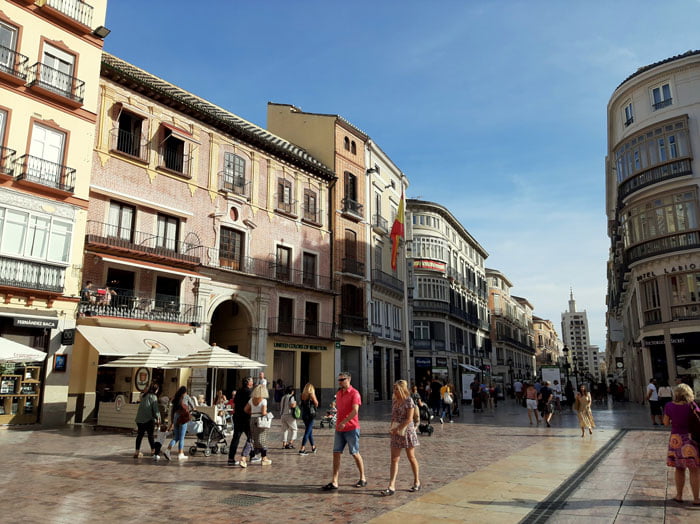
It almost seems surreal that I came back from Andalusia about two weeks ago, trying to remember all the things I saw and did there. Even more surreal – that I still have that romantic, oneiric feel, as if I walked out of some great adventure book with its story taking place 10 centuries ago. Historical fiction, my favorite genre, with the introduction titled – What to Do in Malaga.

The city is located on the shore and it is the center of the 300-km-long-coastline called Costa del Sol (or the Coast of the Sun). Great place to start the journey. It was also convenient since I took a direct flight from Budapest.
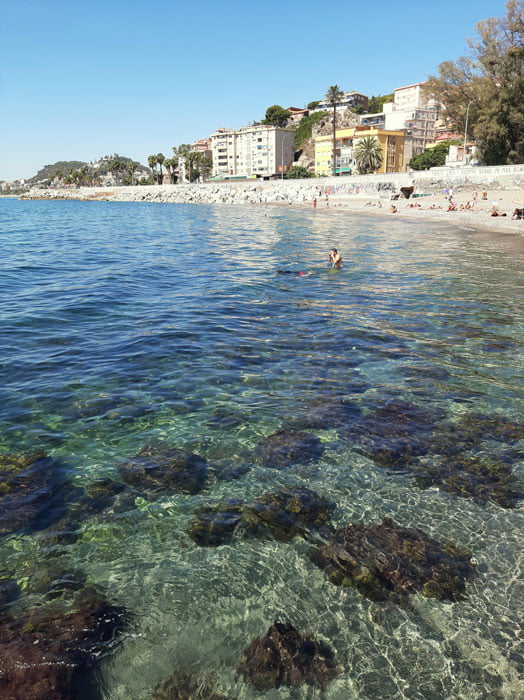
TIP: Buy the public transportation ticket for multiple rides. One ride is 1,30 Euros which you pay with the driver. Even though you are going to walk a lot, this is a good idea if your accommodation is not right in the city center. Ticket for 10 rides is 8,50 (with 1,50 for the ticket itself) which will be enough for 3 or 4 days, but you can always recharge. It’s sold in small shops called ‘Tobaccos’.
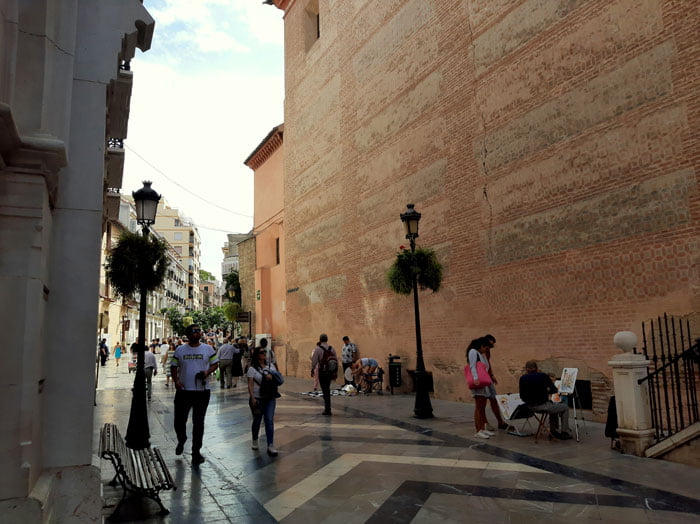
Since I have booked most of my accommodation around Andalusia with Booking.com, I could use its free taxi service from Malaga airport. I spent two days here before going around the region – sleeping in various towns on the way – and three more when I came back.
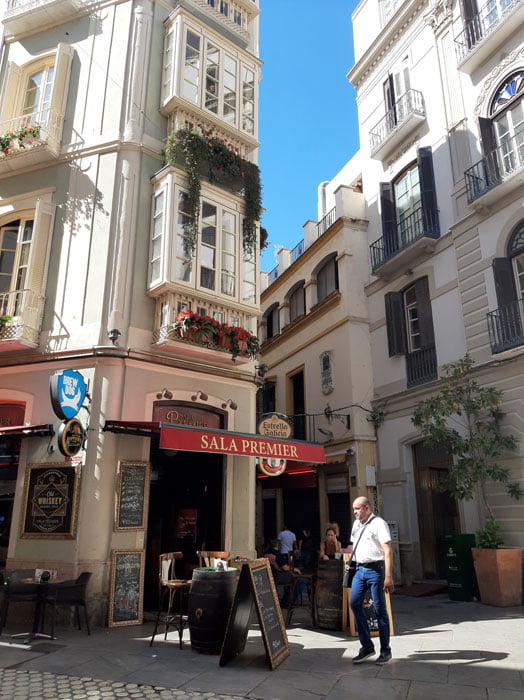
TIP: If you want to get 10 percent off your next accommodation booked with Booking.com, just click HERE. It is my pleasure that the blog is able to share this discount with its readers.
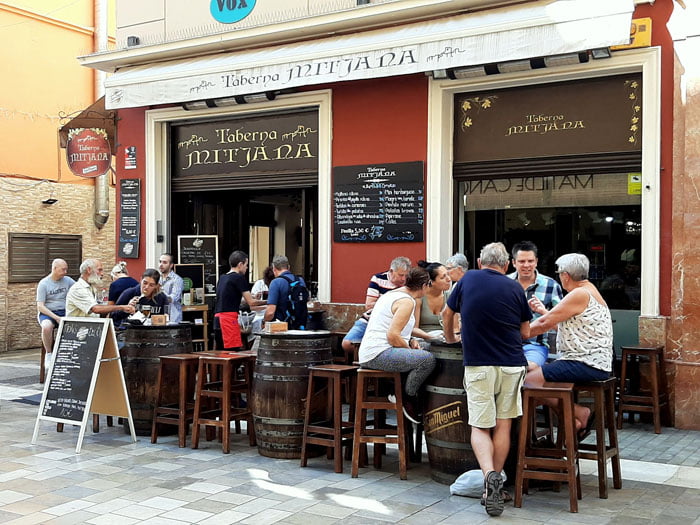
ROMAN THEATRE MALAGA
This is the oldest monument in Malaga, dating to the first century BC. It has been used until the 3rd century when it was abandoned. Moors took its stones and columns incorporating them into the nearby Alcazaba palace. In time the sight was buried, staying hidden for five centuries and being discovered again in 1951.
Occasional performances take place here nowadays and the sight can be visited throughout the year (closed on Mondays). The entrance is free.
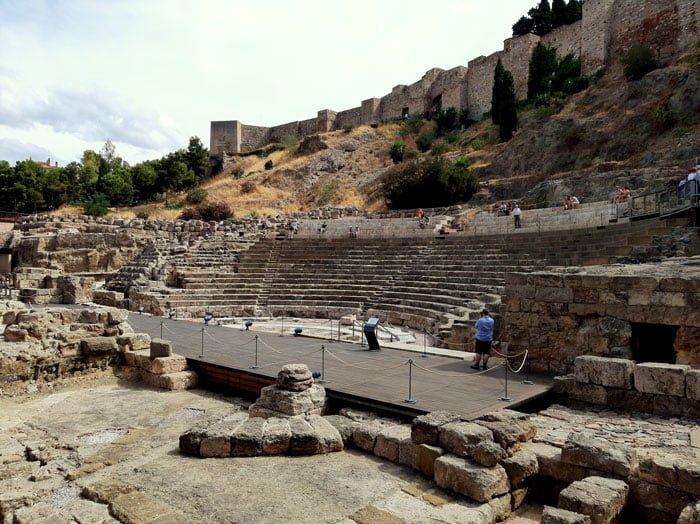
It was easy to make the itinerary – I should see the oldest landmarks first. As always, I already read a lot about what to do in Malaga, finding the brochures I took from the Malaga Tourism Organization pretty useful. Also, the Roman Theatre is in the foot of Alcazaba, and I couldn’t wait to get there.
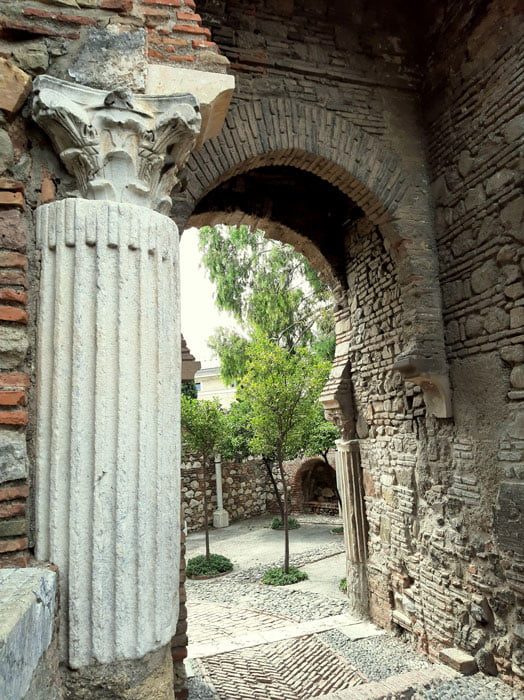
It’s a bit surprising that the theatre is right in the city center. The surrounding streets were full, with Tapas bars terraces stretching on one side, street vendors offering salty almonds on the other. There is also the Tourism Information Center where one can get a city map with all the important landmarks.
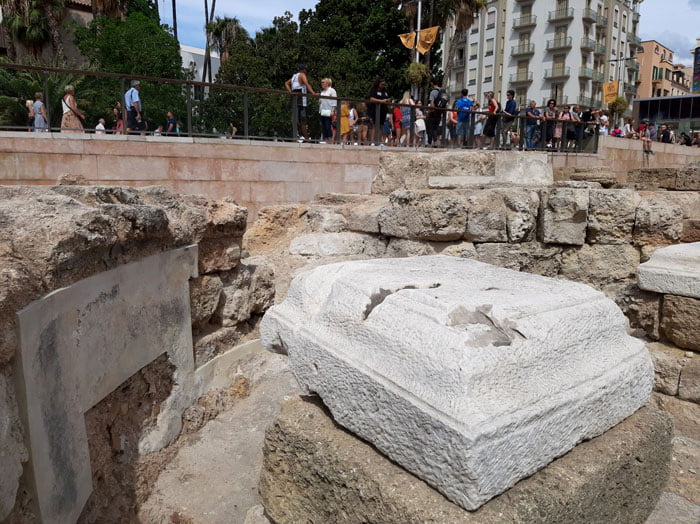
“Oh my, the first century BC”, the thought goes through my head even though I can’t really conceive such distance in time. I took a photo of a few tourists who asked me to photograph them next to the remains. This must have been a bustling place even 2,000 years ago. It was in the town center as well where citizens and travelers gathered. This is where theatre performances were shown and political speeches held for centuries.
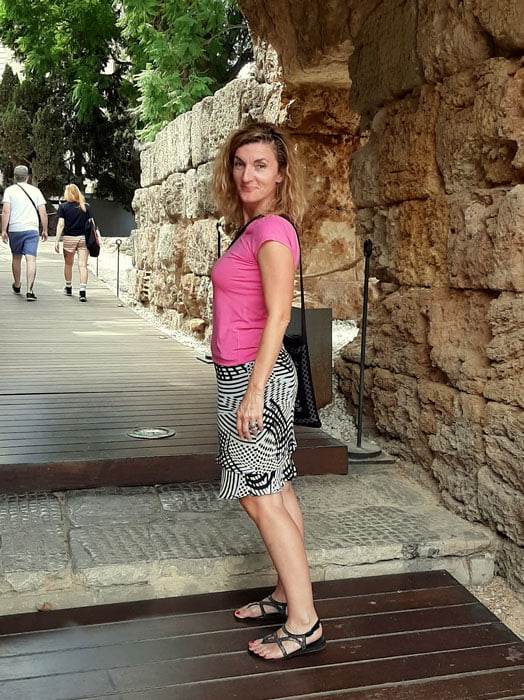
ALCAZABA MALAGA
The palace was built under the Moorish rule at the beginning of the 11th century, while it was renovated three centuries later into a royal residence and military fortification. It is located in the foot of the Gibralfaro hill with the castle on its top bearing the same name. The palace and the castle are connected by the ridge that goes up the hill with pins and eucalyptus on its sides.
Alcazaba was constructed over the Roman fortification remains during the reign of Abd ar-Rahman I, the first Emir of Cordoba, in the 8th century. Originally, it was built for the defense purposes against pirates. The fort was rebuilt by the Sultan of Granada Badis al Ziri in the 11th century, while the double walls over the ridge were put by the Nasrid ruler Yusuf in the 14th century. (Nasrid dynasty was the one who built the famous Alhambra in Granada.)
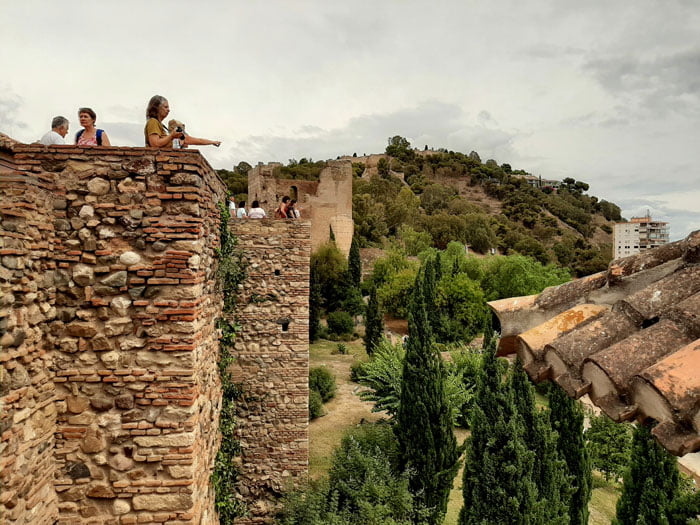
When you start climbing the paths between thick walls of Alcazaba, you can’t really imagine how much more there is yet to be seen. The path goes beneath typical arches, curves with sharp corners (so that visitors can get easily confused), and then you get to courtyards, decorative columns, and Oriental balconies. The sheer names of few areas will give you that oneiric feeling: Courtyard of Orange Trees or Courtyard of the Pool.
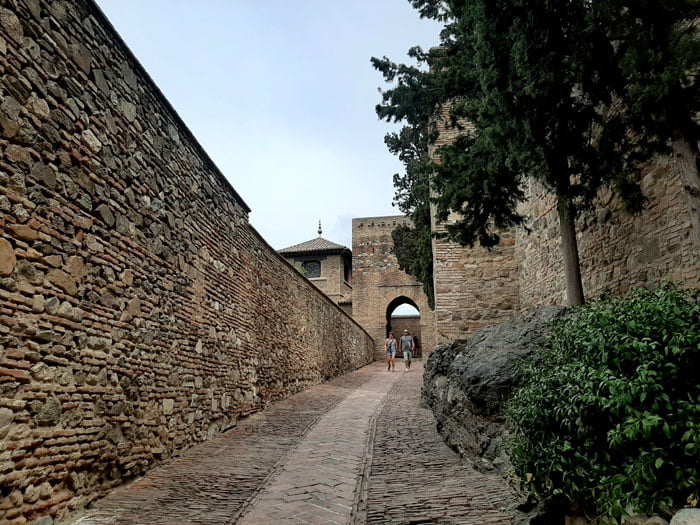
There are great views of Malaga to admire from Alcazaba balconies, additionally framed by charming windows resembling those from Arabian Nights. (Your camera will heat up!) I just had to stop here, to breathe in and out a few times and touch one of the columns (a few of those being Roman, from the “old” fort). It’s hard to believe how much history unfolded here through centuries!
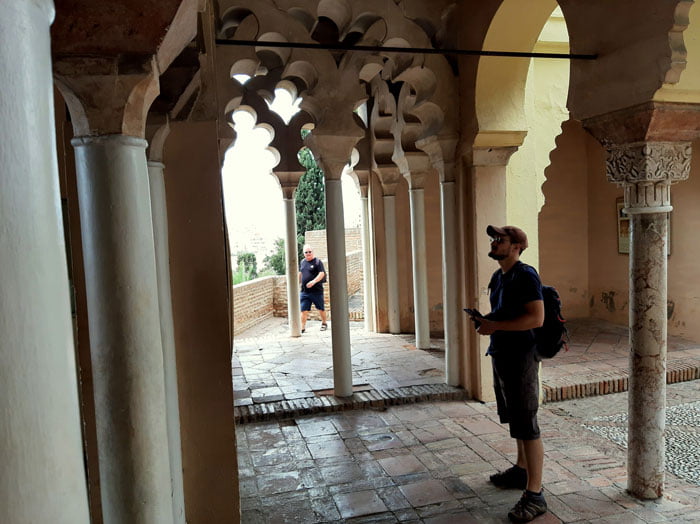
The small balcony with the fountain that you come across at one point is more than pleasant. It was cloudy that day, but with 30 degrees and a high level of humidity, so it was nice to hear that purl of water and to see the shade made by vine and trees. Few couples already found hidden corners while tourists were taking numerous pictures.

Going up through the palace, you will come by the unexpected fountain when the path sharply curved again, making you unable to see what’s coming next. Even the floor is authentic with pebbles sticking out of the concrete between the tiles.
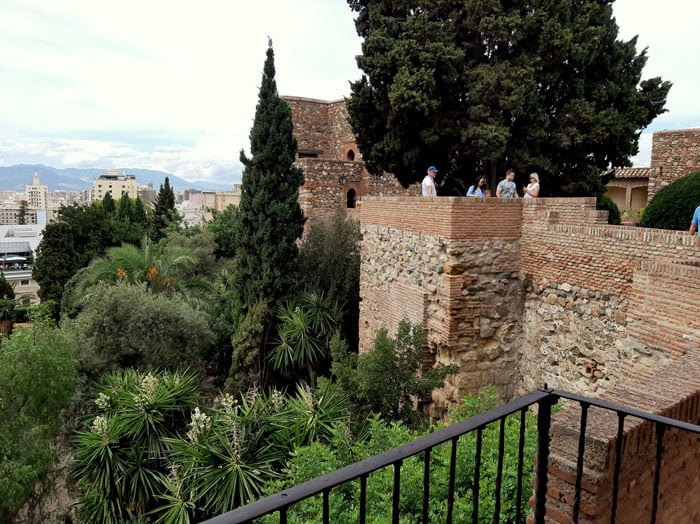
GIBRALFARO CASTLE MALAGA
Overlooking the city, Castillo de Gibralfaro is situated on the top of the hill. It dates to the 10th century, while its picture is to be seen on the both city and province’s seal and flag. It was built by Abd ar-Rahman III, Caliph of Cordoba, on a former Phoenician enclosure and lighthouse. Gebel-faro (Arabic and Greek) means the rock of the lighthouse. The Sultan of Granada Yusef enlarged it in the 14th century.
The castle is also known for its three-months siege by the Catholic monarchs Ferdinand and Isabella which ended when hunger forced the inhabitants to surrender.

In order to climb to the Gibralfaro Castle, you will have to come back the same way and then to take the route up next to Alcazaba walls. Get ready for the 40-minute walk along the ridge that sometimes gets pretty steep and curvy. That wouldn’t be that much of a problem if the path wasn’t paved by marble tiles which makes it seriously slippery.
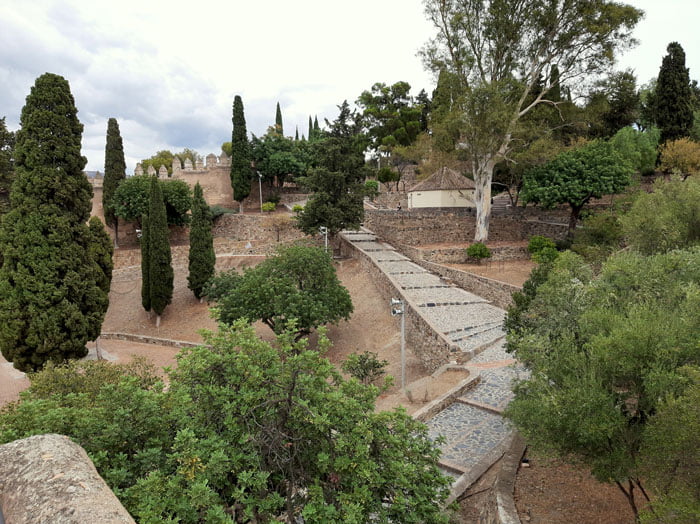
The Castle can also be reached by bus, but do that only if you have to because you will miss a nice walk with a few stunning views of the city along the ridge. You can see the port, the beach, but also the bullfighting ring of Malaga (I visited the one in Ronda since that was the town that bullfighting originated from). On the way to the top, there is also a café to be found with coffee, sandwiches, and toilets. There was a sign on the bar saying something like: “Don’t bother, we don’t have WiFi, talk to each other.”
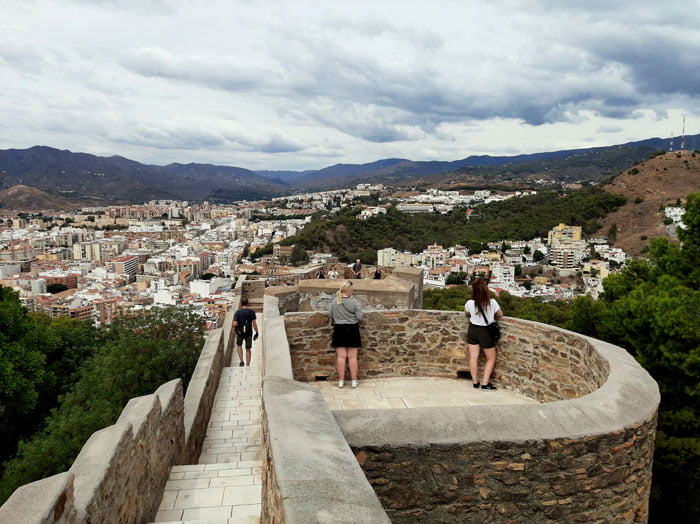
TIP: Take the joint ticket for Alcazaba and Gibralfaro Castle (5,5 Euros). If by any chance you come on Sunday after 2 pm, the entrance is free.
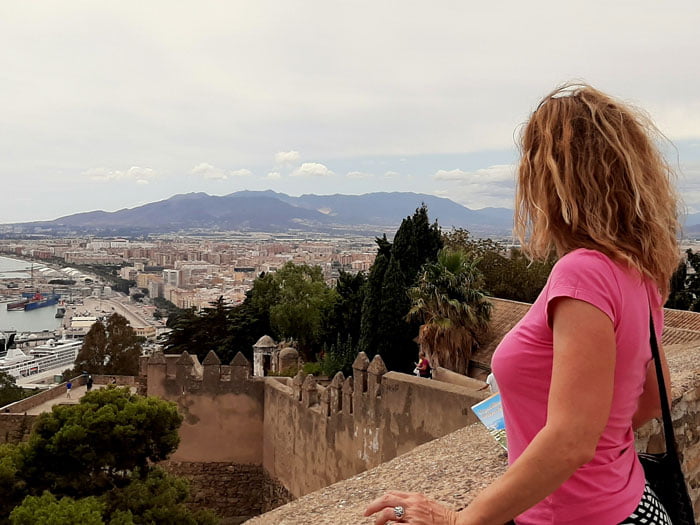
They say that the Castle was built here first and foremost because of the great visibility of the terrain beneath it – being the surrounding hills or the sea. When you get to the top it’s easy to see why!
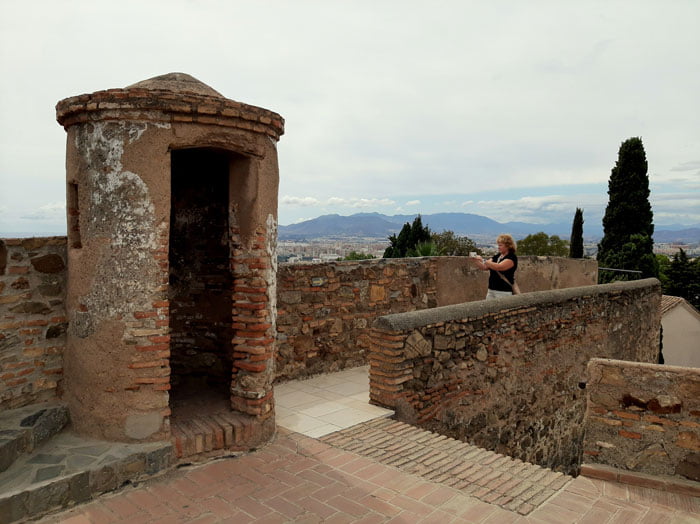
Today, you can see the small Military Museum, a vast courtyard, but the part that makes it so impressive is – the huge wall. You will come out to the high balcony with the watchtower while the view of Malaga stretches beneath the hill, all the way to the horizon. As you walk along the walls all around the Castle, you can enjoy other perspectives of that gorgeous view.

Never the less, whichever viewpoint you choose, you will notice how fragile the city looks with all those whitish buildings, tiny from such a distance and compering to these huge walls.
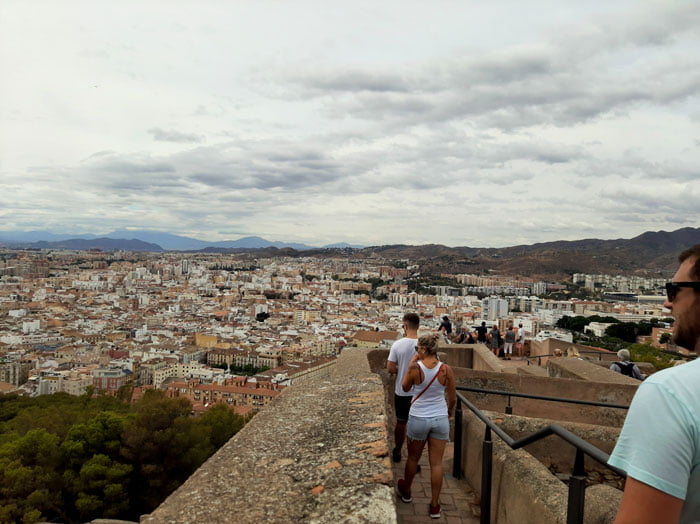
PICASSO MUSEUM
The famous painter Pablo Picasso was born in Malaga and his museum was opened by king and queen of Spain in 2003. They say that there were more than 2,000 visitors during the opening day.
The museum is situated in the Buenavista building in 12 exhibition halls with numerous paintings from different periods, sketches and ceramics on display.
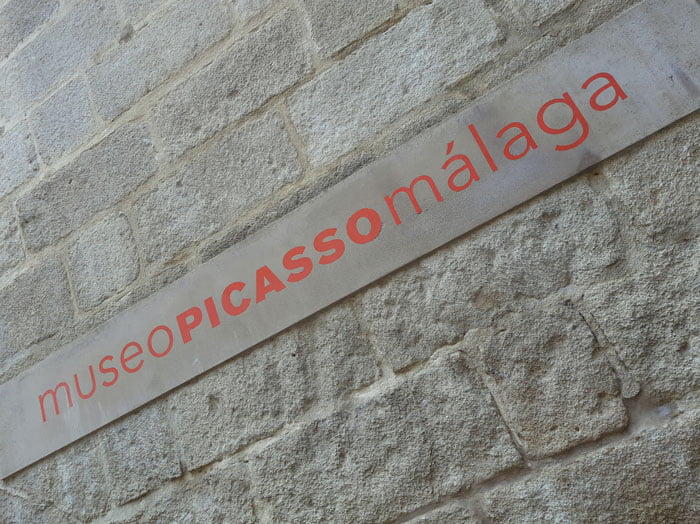
The museum is located at the very center of the city, near the Roman Theatre and Alcazaba, and it is surrounded by narrow streets, souvenir shops, and Tapas bars. I passed by the building a few times not really realizing that that was the museum. When you get to the entrance, you will have no doubts, this is it. The entrance fee is 8 Euros and make sure to get the audio guide, available in 9 languages.
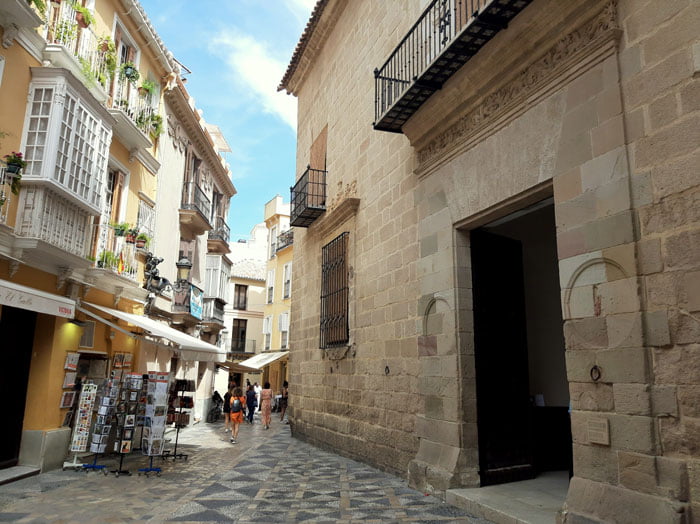
TIP: Picasso Museum and the Casa Natal (the Birthplace House) are often mistaken. These are two different places in a walking distance from one another. Picasso’s work dominates the first one, while the latter holds childhood memories of the famous painter.

There is another popular square few streets away – Plaza de la Merced, full of restaurants and tourists. At one of the corners stands the Casa Natal where you can get acquainted with Picasso’s childhood, but also with the collection of his graphics as well. Picasso’s father rented the first floor of the house from 1880 to 1883 (Pablo was born in 1881). The family then moved to another house at the same square and lived there until 1891. There is also the life-sized bronze sculpture of Picasso to be found here.
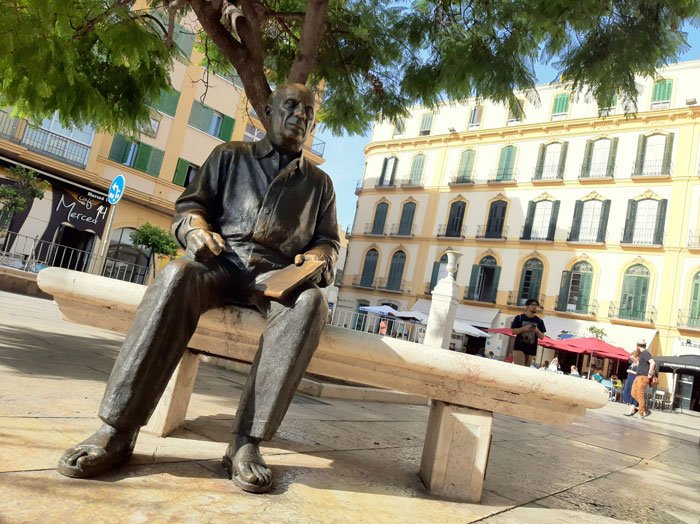
Take a walk for another two minutes and you will reach Malaga Cathedral. It took two and a half centuries, from 1528, for it to be built, and it’s still not “complete”. The story says that two bell towers were planned at first, but when one was finished, there was no money left for the other. It’s still referred to as to La Manquita, meaning the one-handed.
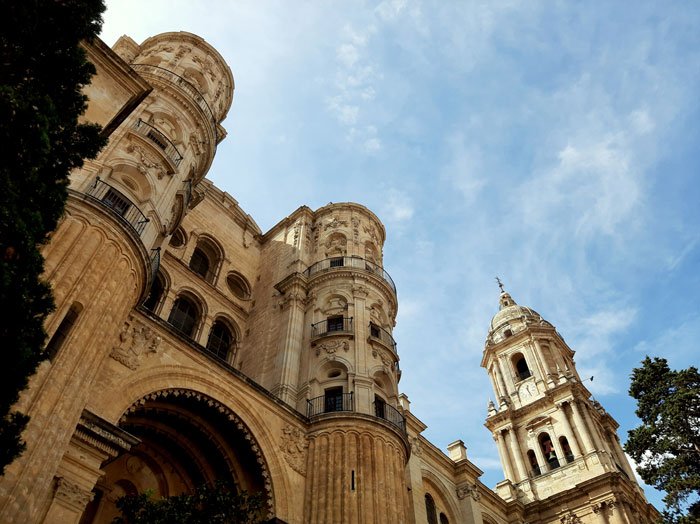
There is a nice garden with the fountain next to the Cathedral and on the other side – the picturesque Bishop’s Palace and the vibrant square.
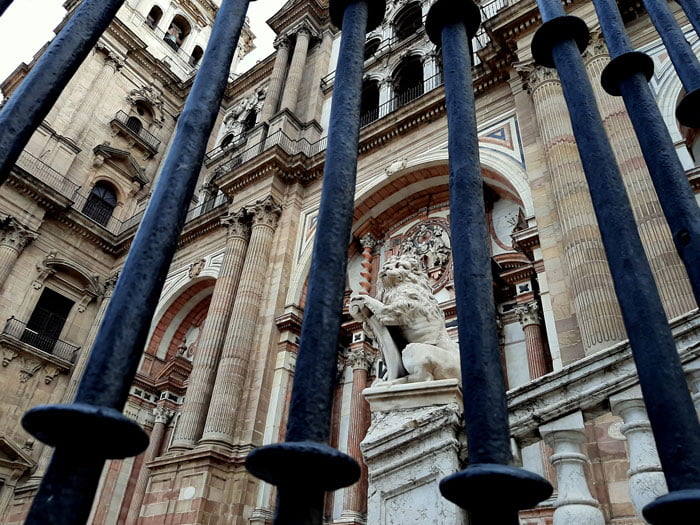
TIP: In order to navigate the city easily, download the offline map of Malaga (or Andalusia) on Google Maps while using WiFi. You will be able to open it without any Internet connection.
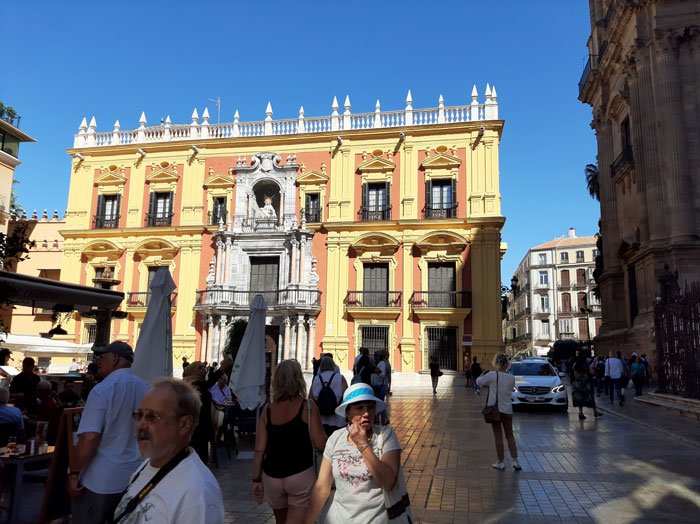
While you stroll along Malaga streets, almost every curve will make you sigh. This is where the charming facades come into focus. One would say that those are some significant buildings all decorative with baroque details, terraces and bulging windows in different colors, that should be photographed. And then you realize that such is – every other building here.

The city center is a small labyrinth where from almost every narrow street comes the crossroad of the three similar ones. Tapas bars, restaurants, pastries are lined up along big and small squares, giving you a chance to rest and admire the scenery.
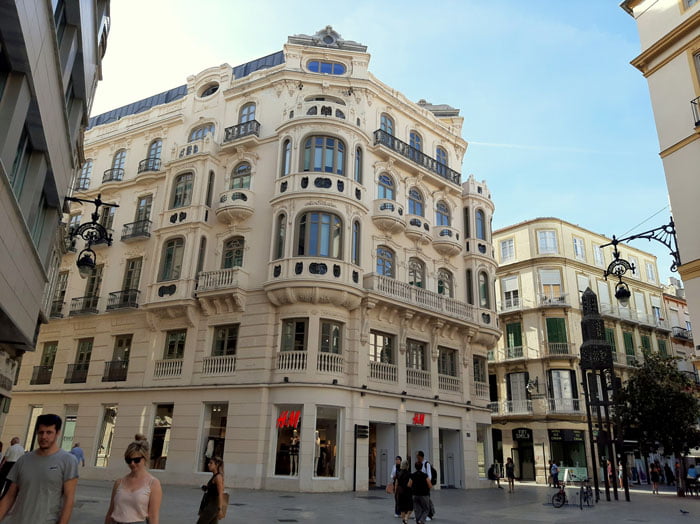
I passed by the renowned Cervantes Theater and the Mercado, Malaga’s closed market. You will be offered to try fresh juice for 1,50 Euros (try the one made from bananas, oranges and mango).
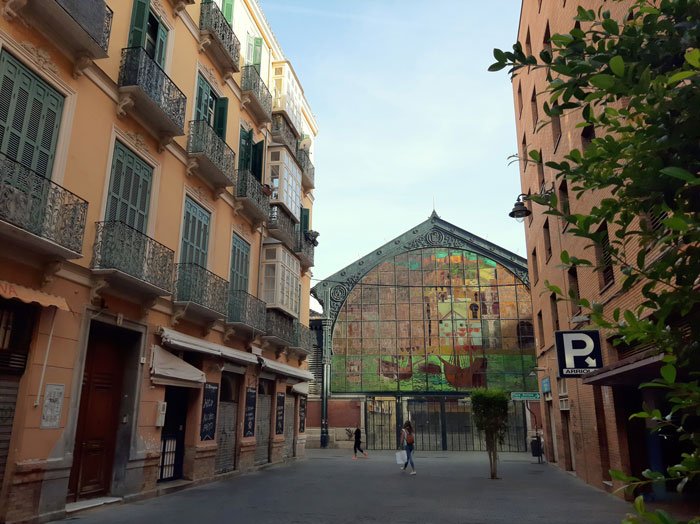
If you prefer seafood and fish, choose one of the restaurants surrounding the Mercado, since you will have a fresh and cheap meal for less than 15 Euros. Almost all the restaurants here have a menu of the day offer (‘menu del dia’) with three courses meal for about 10 Euros.
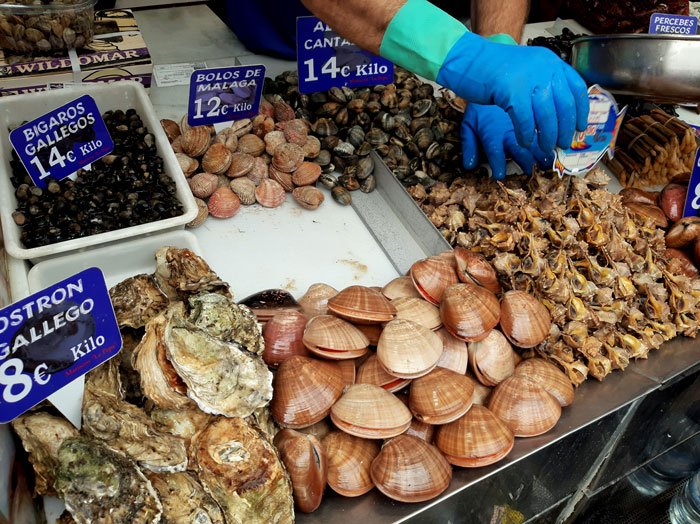
Also, make sure to try the ice cream – ice cream shops are everywhere (two scoops in a medium cone are about 3 Euros), but the Malaga cakes as well. I came across various cakes traveling around Andalusia that I was told they were the traditional ones, “so typical for this region”. They are all a bit similar, often soaked in olive oil (everything here can be soaked in olive oil, even sandwiches), or stuffed with white cream, or made “by the nuns’ recipe”. One of those cakes is the so-called “pionono”, named after one of the popes. The lady behind the counter said that “it almost resembles the papal hat”. (Delicious!)
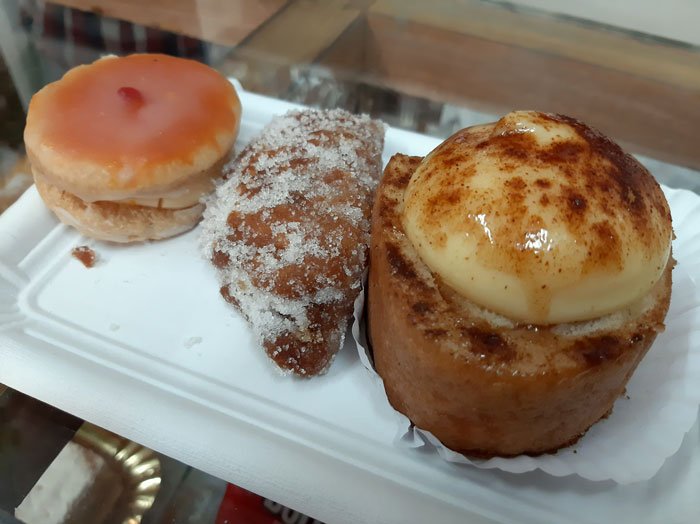
LA MALAGUETA BEACH
This beach is the closest to the city center, stretching along the Picasso Promenade. With sand and pebbles, it begins from the lighthouse in the port. Small restaurants or Chiringuitos are renting sunbeds. They are equipped with toilets and changing rooms, but have a range of food and drinks as well.
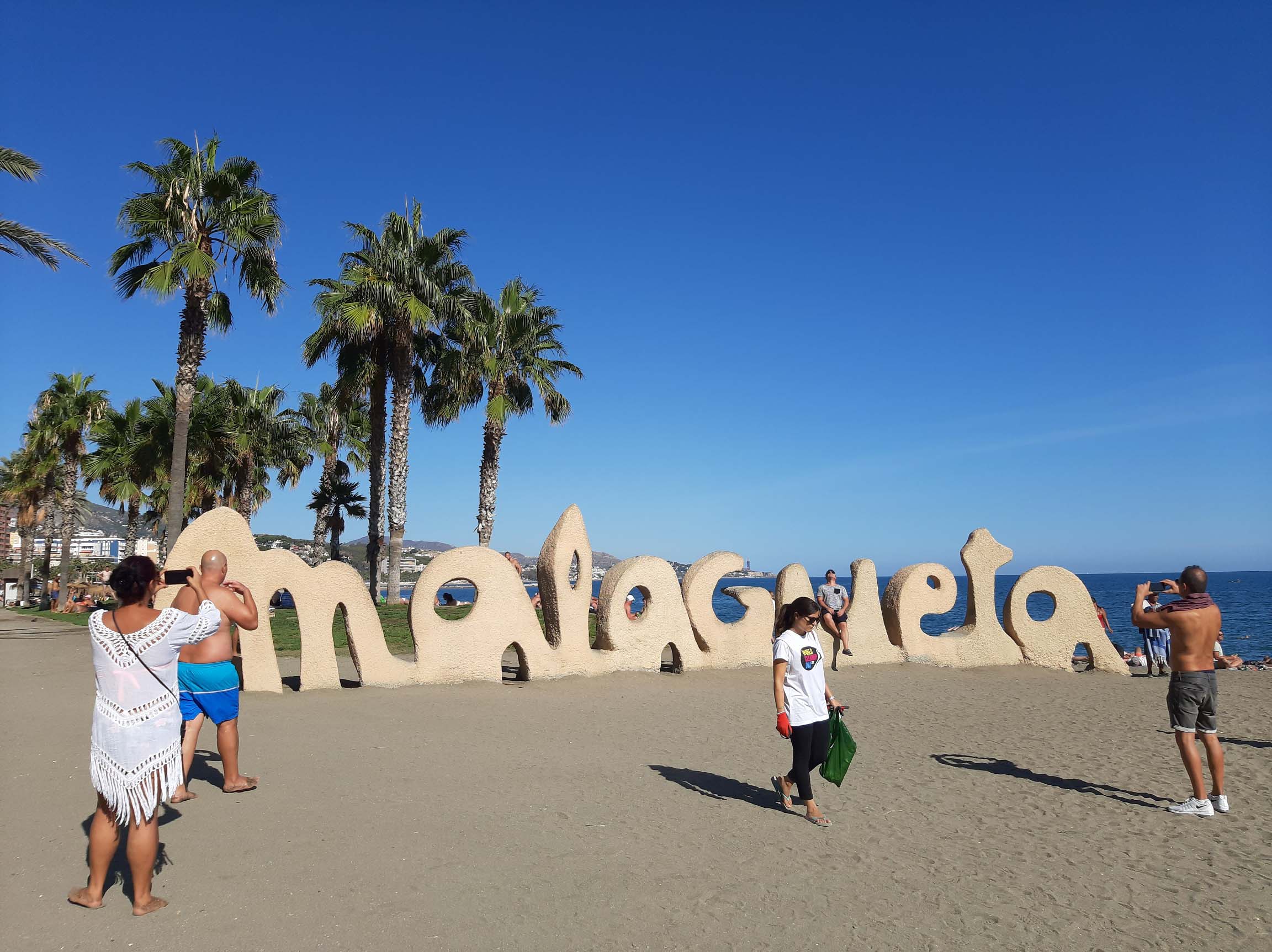
Every Chiringuito prepares fresh fish and seafood, and it’s popular for “espeto”. Make sure to try the sardines (5 to 9 Euros depending on the portion). They say that they can’t get any more delicious than here.
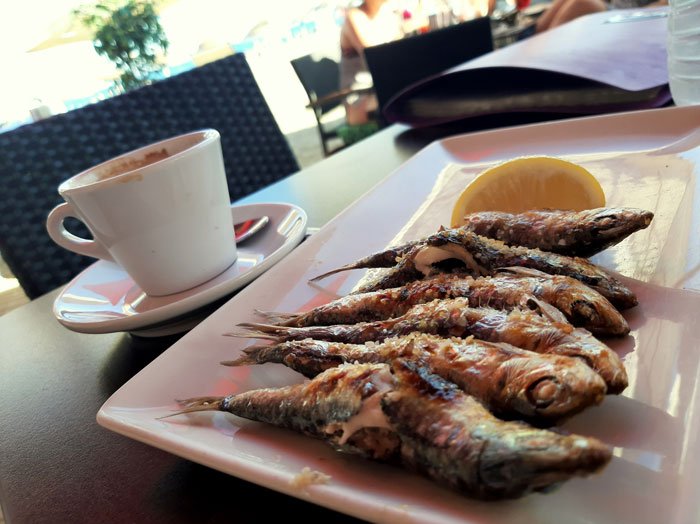
The beach is pleasant and clean. Sunbeds are available for 5 Euros a day, but you can also rent two with the parasol for 10. The surrounding palm trees makes the scenery even more tropical, like you are in some distant resort and not Spain in Europe. Even more so when you encounter a flock of green parrots walking by the beach.
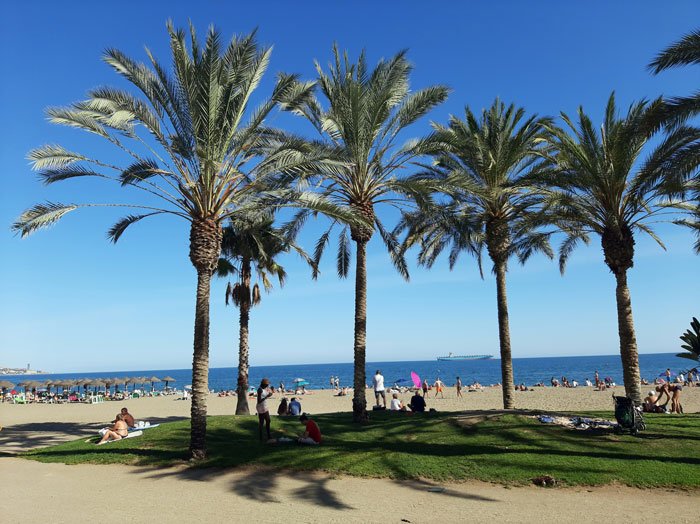
TIP: Mediterranean climate is specific with lots of sunny days, but also – hot summers. Avoid coming in July and August if possible. I got sunburned at the 35 degrees Celsius at the end of September, even the sunscreen didn’t help.
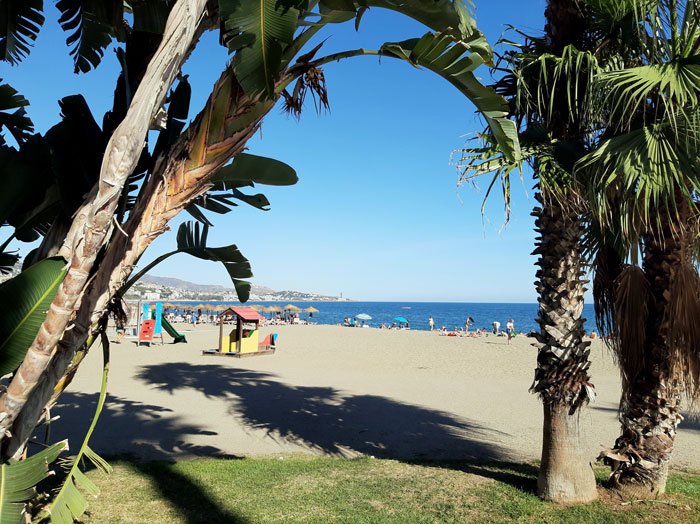
Coming from the beach, you will take a pleasant walk from the lighthouse or La Farola, towards the actual port with numerous restaurant terraces and wide range of cuisines along the way. On your right, there is the Pompidou Center, contemporary art gallery, on your left – luxurious yachts. There is also the tropical garden almost around the corner.
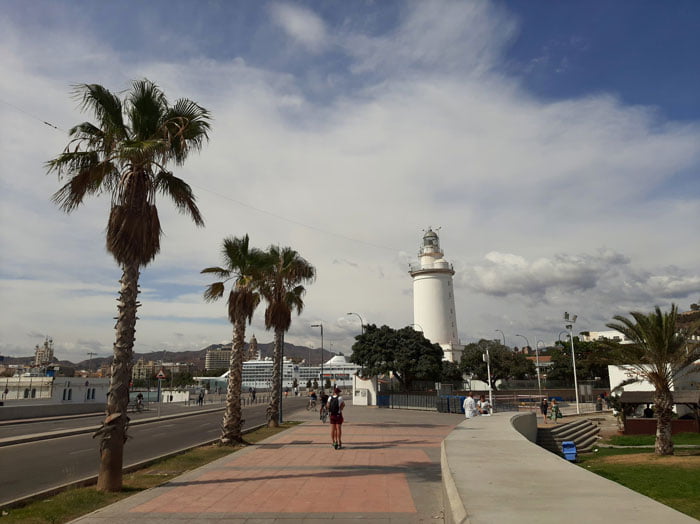
Strolling next to the sea, that one Cathedral bell tower peaks up and you walk under the construction at the port that resembles sea waves. This is where huge cruisers dock. The Port Square (Plaza de la Marina) is another minute away from where you can again enter the shopping hub of the city.
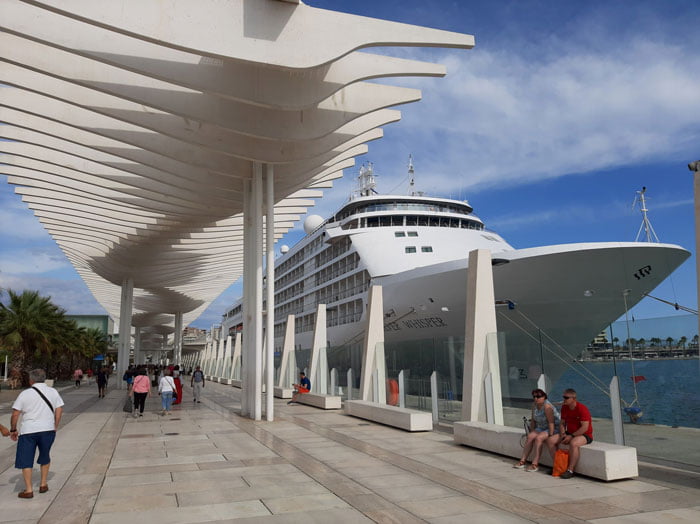
By the way, as soon as you enter the city, you will come across street vendors selling almonds, roasted in oil. There are salty or the ones with sugar to choose from (Euro per cone). I tried to avoid them at first as if I knew what was coming! As soon as I tasted them for the first time, I started to look for those street vendors every time I went for a walk. “Oh, great, I found you. One cone for me, please.” I don’t know what they do to them, but they taste so much better than back home. I didn’t even mind getting all salty and oily!
Next: THINGS TO DO IN GRANADA
The full ANDALUSIA series
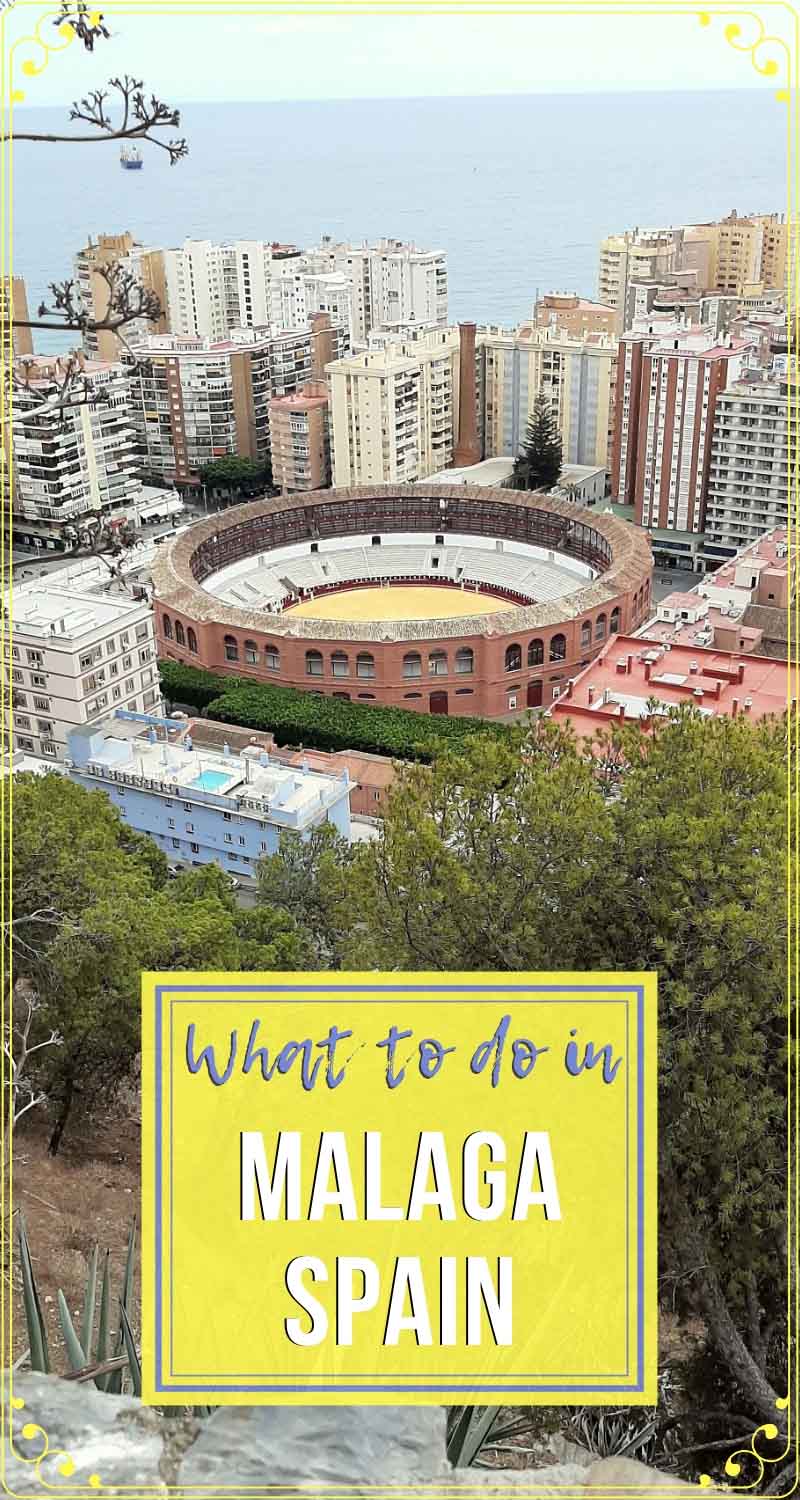
If you need a freelance travel writer or you would like to see your country, city, flight, etc., presented on the blog, drop me an email.
Find our more on Freelance Travel Writer page.
I am looking forward to working with you.
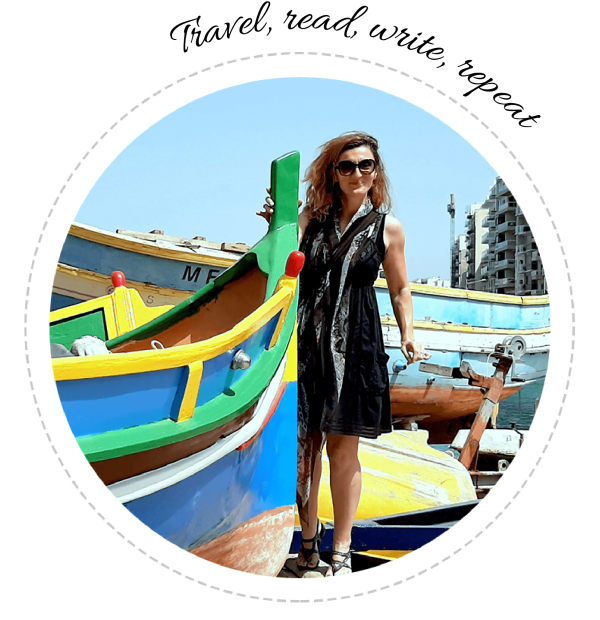



26 responses
I fell in love with Andalusia Ever since visiting Sevilla, a few years ago. Unfortunately Malaga was not on our itinerary at the time, but after reading your post I kind of regret that we didn’t visit it. That roman Amphitheater right in the middle of the city and the Gibralfaro Castle are two attractions that I would have really loved to visit. Plaza de la Marina reminds me a lot of Barcelona.
That’s why I planned this trip for a while, I wanted to visit as much as I can in one go (and ended up changing six accommodations). 😀
Sevilla is also nice (there will be one post dedicated to the city as well), but to be honest, I liked other towns of Andalusia a bit more, especially Cordoba.
When we were in Spain a few years ago, we passed through Malaga and stayed in Benalmádena. I can’t believe we missed such an interesting spot. The Gibralfaro castle looks really interesting, and like you said, great views.
South of Spain is abundant in interesting places to see. I adore its Moorish legacy, which will be more than visible throughout Andalusia series. 😀
It’s great to know that there are quite a a few free things to do in town, as I travel on a budget. Your tip on getting the public transportation ticket is also helpful. I’ve only been to Costa Brava and Barcelona so i’m hoping to get back to Spain eventually and Malaga is high on my list of places to visit.
Lots of museums are actually free on Sundays here, so if you are traveling on a budget you should consider getting here during weekends. Also, nothing is really that far, so you’ll be able to walk everywhere and enjoy Malaga streets. When on the beach, you can just take your towel, if paying for sunbeds is too much.
So, a lot of free things to do. 🙂
Malaga seems like a beautiful town to just wander around and take in the sites. Oh and the tastes too. Those deserts looked absolutely delicious.
Yes, I enjoyed long walks here, the architecture is just stunning. And you can get those deserts on the way. 😛
SO as much as I have been all around Spain and it is my favorite country in Europe, I have yet to actually explore any part of the Andalusia region and have never been to malaga yet. SO I guess we have a reason to definitely return because I love everything about the coastal spain! In malaga, obviously I would love to check out any of the beaches especially Banyo del Carmen beach. but even though I am a beach kid, I have to say exploring all of the roman ruins and the castles to catch those views is a definitely must for me. then of course there is all the amazing Spanish food!
If you love Spain, you’d adore Andalusia. Stay tuned for more since the blog series has just begun, few tips might help with your future trip.
And yes, I’m sure you’d enjoy Malaga’s beaches and its food. It’s also great that you can see the city up close – from the beach or wandering through its streets – and then climb up to the Gibralfaro hill and get a different perspective of the place.
Thanks for stopping by, Eric. 🙂
We were lucky to have visited Malaga during the lenten season. There was a parade through the main streets and through Old historic area including picasso museum and teh roman ruins. but we failed to wander through the Alcazaba and Gibralfaro Castle.
The parade must have been lovely to witness. 🙂 You can always go to the Alcazaba and the Castle next time you visit, both are truly astonishing monuments.
Thanks, Carol.
We definitely need to plan to return to Malaga. We went there right after I got my purse stolen in Madrid. And I was kind of in a state for the few days we stopped in Malaga. We did love the Roman ruins. It would be cool to see a performance in the theatre. We did not get inside the palace. I now see what we missed. This part of Spain has some great beaches. So many reasons to plan to return to Malaga.
You should definitely go back, but hopefully, under some better circumstances. So sorry to hear that your bag got stolen in Madrid, hope it worked out well in the end.
Make sure to visit Alcazaba and Gibralfaro Castle when going back, both locations are truly stunning with some gorgeous views of the city.
Thanks, so glad the post made you want to visit again. 🙂
I always thought malaga was rather for the rich and famous – good to know that it’s also affordable for people like….me. also, I didn’t know that in malaga, too, are so many moorish remnants – thought they were rather in granada. definitely looks like a good place to spend a week or so in summer – gracias for the inspiration.
It’s for every budget actually. For the ‘rich and famous’ as you put it, :D, but it can also be pretty affordable. You can get the whole stay according to your budget.
And yes, the whole region – Andalusia – is full of Moorish monuments. The thing is that Alhambra in Granada is probably the most famous of them all. 🙂 Still, I found Moorish palaces and architecture in Malaga, Cordoba, Sevilla, Cadiz, Arcos de la Frontera, etc. Such an interesting heritage! <3
I think I have just found my next European travel destination! Seriously, I didn’t know anything about Malaga, and now I know enough to want to go. I really enjoy exploring ancient forts and castles, and Roman ruins too. I had no idea Pablo Picasso was born there; I’d love to see his museum. The weather sounds wonderful too. Plus, those beaches!!
The weather in the south of Spain is perfect. Lots of sunshine and warmth. 🙂
And you know who else was born here? Antonio Banderas. 🙂
Andalusia was one place I didn’t get to visit when I was in Spain. Definitely going to make a point to check it out, especially Malaga, the next time i’m there! The roman ruins look awesome As well as the Banyo del Carmen beach. However, I would rather eat all kinds of spanish food and hang out at restaurants 🙂
Malaga is perfect for visiting tapas bars and restaurants. You can just walk from one to another, its streets are full of restaurants’ terraces. As I said in the post, you can enjoy local food at the beach as well. I’m sure that some grilled sardines and a local ‘cerveza’ would definitely convince you. 🙂
This is the first time i am reading about Malaga and i have made up my mind to visit this place someday for sure. Amphitheater in the Center of the city Which is almost 2000 years old and the gibralfaro castle looks Really nice and will top our Places to visit. Thanks for writing up this beaut post.
Hey, thank you. So glad it made you want to go. 🙂
Believe me, you won’t be disappointed since the city has a specific Spanish charm, but it’s also quite unique being part of the Andalusia province. By the way, I’m in love with the region, I guess it shows. Wait until I get to post about Cordoba, my favorite! 😀
Had no clue about Malaga yet what a magnificent place it seems to be!
In fact, I was not really expecting to see Roman ruins when I started reading the post! On top of that there is Picasso! WHat a pleasant surprise!
Hehehe, yes, so much to see in Malaga. From ancient Rome monuments, Arab legacy to Picasso and the beach. <3
I always love historical places. This post excites me so much. The food looks so simple but I guess its appetizing.
Oh, as for me, I am a history buff, so there is a lot of history on the blog in general, regardless of destination. 😀